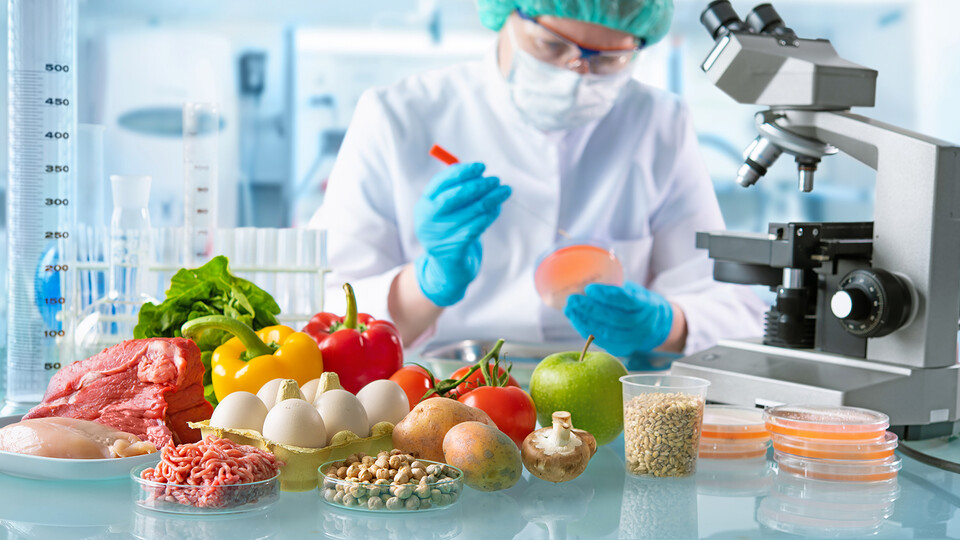Food Science and Technology,

Department of Food Science and Technology: Faculty Publications
Document Type
Article
Date of this Version
2018
Citation
YALE JOURNAL OF BIOLOGY AND MEDICINE 91 (2018), pp.129-142
Abstract
As advances in global transportation infrastructure make it possible for out of season foods to be available year-round, the need for assessing the risks associated with the food production and expanded distribution are even more important. Risks for foodborne illness are associated with contamination by bacteria, viruses, mold, parasites, natural and synthetic toxins, chemical residues, and conditions that lead to contamination. An increase in the popularity of natural alternatives to pharmaceuticals, herbal remedies and the desire for consuming “super foods” is leading to a change in the dietary patterns of consumers. Similarly, dietary trends are plentiful, with more consumers adopting changes with little medical guidance to dietary plans that are supported by inadequate scientific data. In particular, U.S. consumers are acquiring novel foods that may not be adequately checked for the presence of marine toxins and heat stable toxins in dry or minimally processed foods. Some dry foods cultivated in or processed in regions that may utilize hypoxic agricultural waters high in cyanobacterial or algal contamination. These may perpetuate increased risks for chronic liver, kidney, and neurodegenerative disorders due to intoxication from preventable foodborne agents. Global climate change, which has the effect of potentially expanding the toxic waters into higher latitudes, forecasts an increase in the risk of food contamination with toxins.


Comments
Copyright © 2018